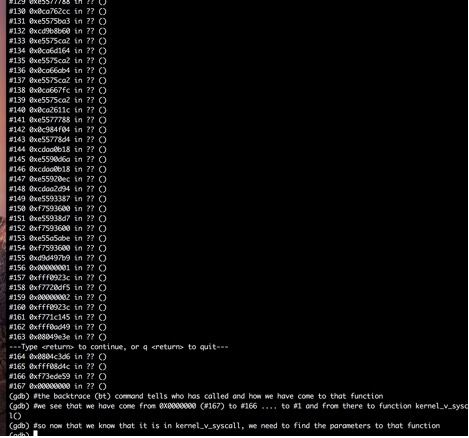In the realm of data transmission and telecommunications, the demand for faster, more efficient methods of routing and switching data is ever-present. Optical switches, leveraging the power of light, have emerged as key enablers in meeting these demands. In this blog post, we'll explore two groundbreaking optical switch technologies: the O-E-O Optical Switch and the All-Optical Switch, shedding light on their mechanisms, applications, and the transformative impact they hold for the future of connectivity.
O-E-O Optical Switch: Bridging the Optical-Electrical Gap
The O-E-O Optical Switch represents a critical bridge between optical and electrical domains, seamlessly integrating both to facilitate efficient data routing and switching. Here's how it works:
Optical-to-Electrical Conversion: Incoming optical signals are converted into electrical signals using photodetectors, allowing for easy processing and manipulation.
Electrical Switching: The electrical signals are then routed through electronic switches or routers, where they can be processed, analyzed, and directed to their intended destinations.
Electrical-to-Optical Conversion: Once the data has been processed, it is converted back into optical signals using lasers or light-emitting diodes (LEDs) for onward transmission through optical fibers.
Key features and applications of O-E-O Optical Switches include:
- Compatibility: O-E-O switches are compatible with existing electronic switching infrastructure, making them easy to integrate into existing networks.
- Signal Regeneration: The conversion of optical signals to electrical and back to optical ensures signal regeneration, enhancing signal quality and reliability.
- Telecommunications and Data Centers: O-E-O switches find applications in telecommunications networks and data centers, where they facilitate high-speed data routing and switching over long distances.
All-Optical Switch: Pioneering Direct Optical Routing
In contrast to O-E-O switches, All-Optical switches operate entirely in the optical domain, without the need for optical-to-electrical conversion. Here's how they work:
Photonic Switching: All-Optical switches use various mechanisms such as nonlinear optics, semiconductor optical amplifiers, or photonic crystals to manipulate and route optical signals directly.
Wavelength or Time-Division Multiplexing: All-Optical switches can route multiple optical signals based on their wavelength or time-slot, enabling efficient utilization of the optical spectrum.
Ultra-Fast Operation: By eliminating the need for optical-to-electrical conversion, All-Optical switches offer ultra-fast switching speeds, significantly reducing latency and improving network performance.
Key features and applications of All-Optical switches include:
- High-Speed Networks: All-Optical switches are ideal for high-speed optical networks, such as long-haul telecommunications networks and backbone infrastructure.
- Energy Efficiency: By operating entirely in the optical domain, All-Optical switches consume less power compared to O-E-O switches, making them more energy-efficient.
- Future-Proofing: All-Optical switches are well-suited for future-proofing optical networks, as they offer scalability and compatibility with emerging optical technologies.
Shaping the Future of Connectivity
As the demand for high-speed, reliable data transmission continues to grow, optical switches are poised to play a central role in shaping the future of connectivity. Whether bridging the optical-electrical gap with O-E-O switches or pioneering direct optical routing with All-Optical switches, these technologies represent significant milestones in the evolution of optical networking.
Looking ahead, ongoing research and development in areas such as integrated photonics, quantum optics, and machine learning promise to further enhance the performance and efficiency of optical switches, unlocking new capabilities and applications. From telecommunications networks to data centers and beyond, optical switches are driving the transformation towards faster, more resilient, and energy-efficient communication infrastructures.



















